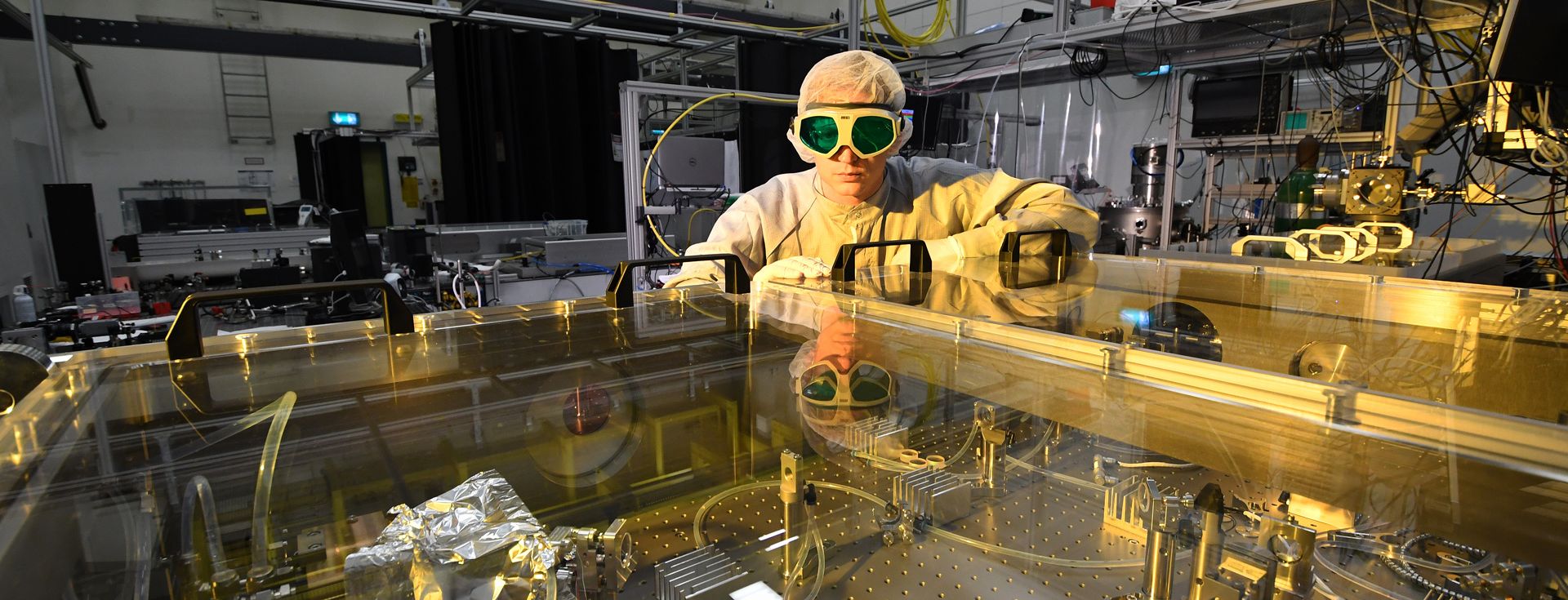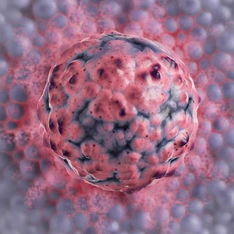Welcome to the Laboratory for Extreme Photonics
Capturing microscopic electron phenomena previously
thought to be immeasurably fast has been
the grand motivation behind our research
efforts ever since the 90’s.
To this end, we have engaged in the world-wide effort to
extend the frontiers of ultrashort laser pulse generation and
time-resolved measurements for more than two decades.
As a result of these efforts,
the electric field of infrared-to-ultraviolet laser light
(evolving on a femtosecond-attosecond time scale) can
now be directly sampled.
Th e underlying instrumentation operates in atmospheric air and
consists entirely of solid-state components. All-solid-state
Terahertz-to-Petahertz fi eld sampling, implemented with
powerful ultrafast laser oscillators, is opening the door for
real-world applications of attosecond science.
In the Laboratory for Extreme Photonics (LEX) we
explore the feasibility of early detection of cancer (and possibly
other diseases) by using the above technologies.
The overriding goal is to unambiguously detect human disease by
blood-based phenotypic molecular fingerprinting in
clinical samples.
Local tumor growth leads to systemic changes in molecular
constitution of blood and early cancer detection is the fi rst case
disease that we are evaluating, while testing whether it can
clearly distinguished from other human physiological states.
Few-cycle infrared-to-ultraviolet light fields, generated at
MHz rates and sampled with femtosecond-to-attosecond
temporal resolution offer a unique chance for detecting molecular
fi ngerprints upon tracking the fields emitted by the molecules of
the sample following a sudden excitation.
In LEX Photonics we develop and advance the enabling
technologies to maximize this chance and perform the measurements
on the samples collected by our clinical collaborators.
Physics teams up with biology and medicine to make a
difference!



